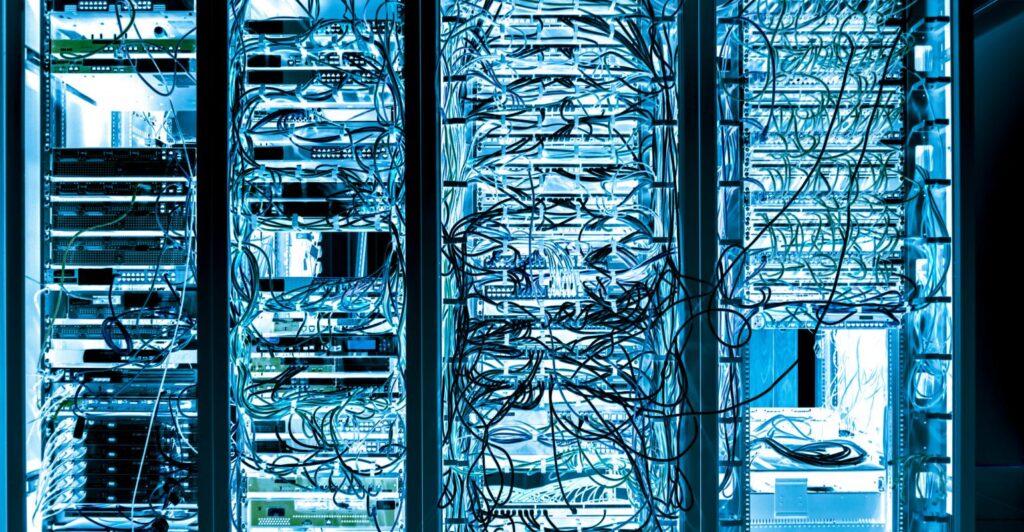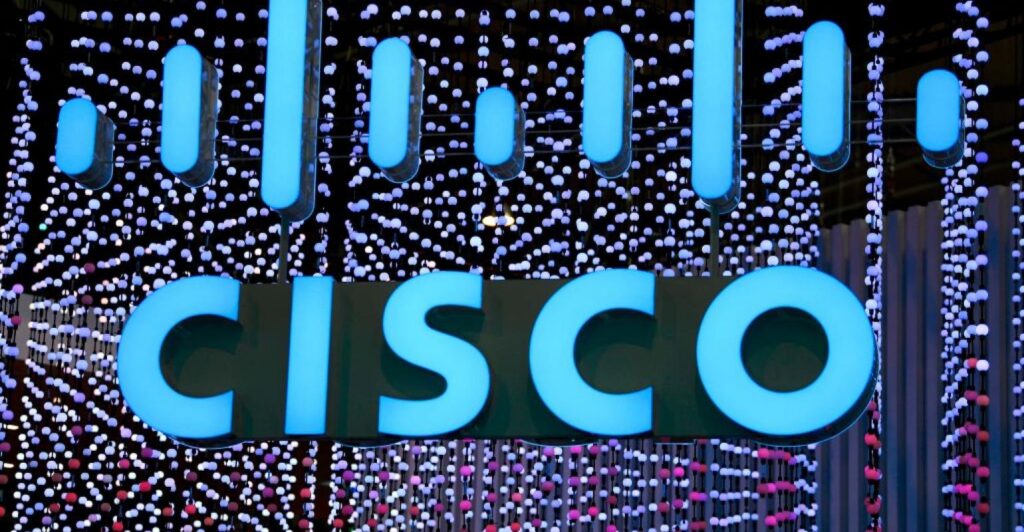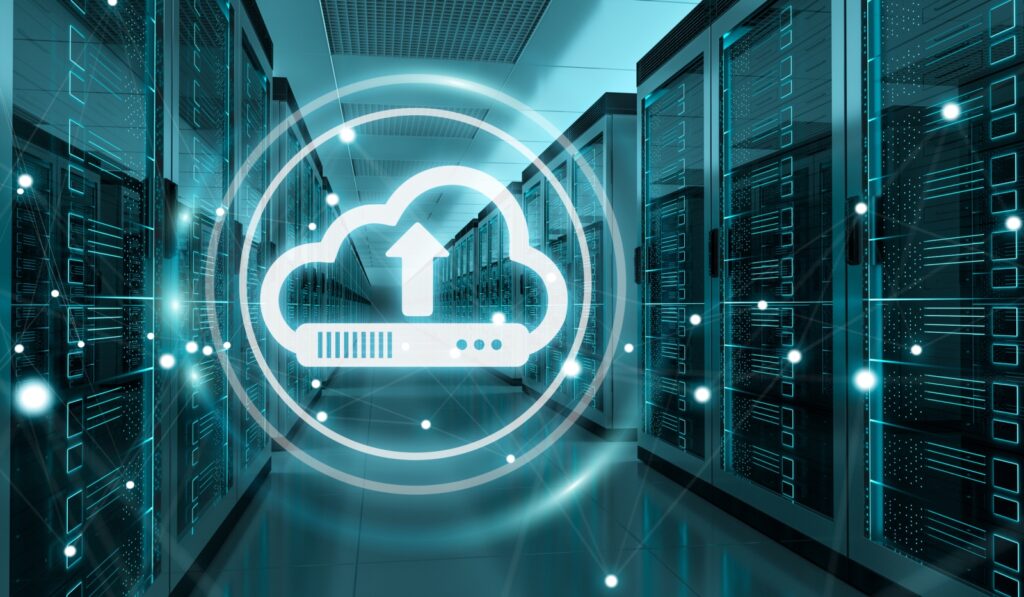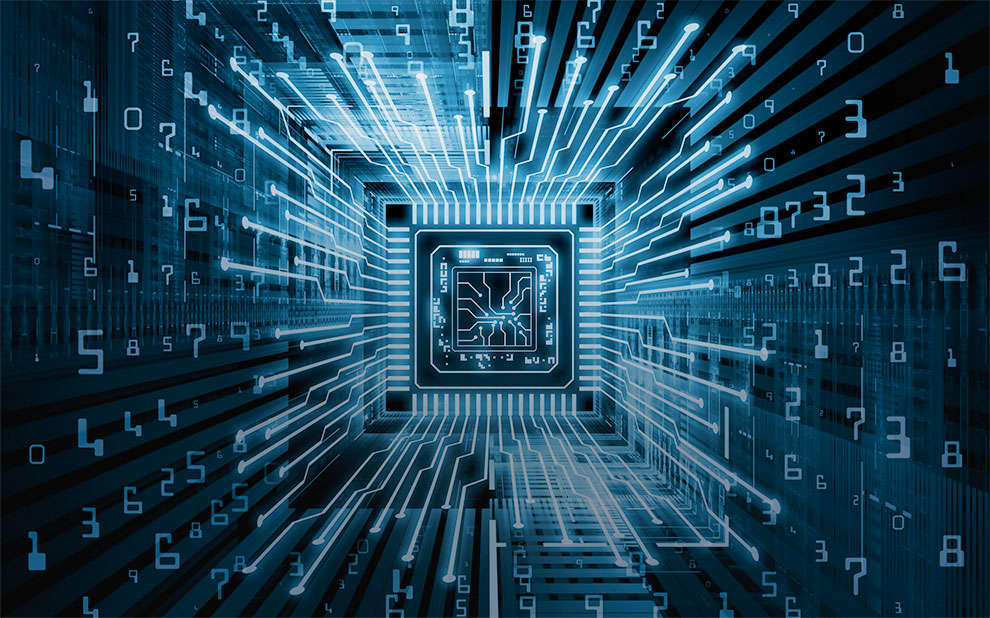Datacenter and Infrastructure
Datacenter and Infrastructure
Next generation data centers rely on software-defined technologies as their logical layer, allowing for better control of physical and virtual resources. Automation. One of the biggest priorities of a next generation data center is automation—streamlining workflows and reducing the burden of manual upkeep.
The data centre services market was valued at $48.9 billion in 2020. It is speculated that by 2026 this figure will increase to $105.6 billion
When it comes to the next-generation data center, what does it really mean for organizations? Is it a data center that is fully automated with minimal human intervention or is it one that is energy efficient and environmentally friendly? Or is the next-generation data center just meant to be simplified?
For us, it’s all of the above and more. Despite the challenges, innovation is still at the heart of us.
Also Datacenter talk used to revolve purely around the physics of the site itself – the set-up and design, power, physical security, and uptime. But as they digitalize, data center customers – that is, enterprises – are developing a new set of demands. They want a solution for the digital transformation of their business processes and models. Specifically, they need to be able to control their connectivity to partners and customers.
What does this mean for a data center operator? It means you need to start writing your own interconnection story. The top infrastructure challenges of enterprise customers are a) to increase the performance and strengthen the security and resilience of their connectivity, b) to ensure their flexibility by avoiding vendor lock-in, c) to reduce the complexity of their connections to partners, and d) to increase their control of compliance within their ecosystem of partners. For these challenges, they need the controllability of their infrastructures and data flows. They need a new interconnection model that brings them closer to their customers and partners and allows them to interconnect directly. To make this possible, data centers need to become more than simply a closet offering power, physical security, and uptime.

0
%
Over 60% of enterprises with a workforce of more than 2500 consider a holistic approach to interconnection to be strategically important.
0
%
Enterprises have concerns about the security and confidentiality of their critical data (50%) and want private connections to the cloud and other resources that bypass the public Internet
Our Approach

Lorem ipsum dolor sit amet, consectetur adipiscing elit. Ut elit tellus, luctus nec ullamcorper mattis, pulvinar dapibus leo.
Lorem ipsum dolor sit amet, consectetur adipiscing elit. Ut elit tellus, luctus nec ullamcorper mattis, pulvinar dapibus leo.
Our Services

Lorem ipsum dolor sit amet, consectetur adipiscing elit. Ut elit tellus, luctus nec ullamcorper mattis, pulvinar dapibus leo.

Lorem ipsum dolor sit amet, consectetur adipiscing elit. Ut elit tellus, luctus nec ullamcorper mattis, pulvinar dapibus leo.

Lorem ipsum dolor sit amet, consectetur adipiscing elit. Ut elit tellus, luctus nec ullamcorper mattis, pulvinar dapibus leo.
Relation article

The Pandemic Is Laying Waste to On-prem Data Centers
In a survey of 1,600 IT professionals by network specialist Aryaka, more than half (51%) of respondents said they they were planing to close all of their on-prem data centers in the next 24 months
[Continue >] [ 6 min ]

Cisco 400G Data Center Switches
Nexus Cloud simplifies network management across multicloud environments while new 400G Cisco Nexus 9000 series network switches get improvements to meet today’s bandwidth needs.
[Continue >] [ 4 min ]

Cloud vs. Data Center: What are the Differences?
It’s in the cloud.” You’ve no doubt heard this phrase a lot in the past few years, but have you ever thought to ask what it meant? Although you might hear IT support providers lay out your service options as if …
[Continue >] [ 5 min ]

Core Components of Data Center Infrastructure
Data center infrastructure is composed of the physical elements that can be found within a data center. In essence, data center physical infrastructure can be classified as the IT hardware and supporting …
[Continue >] [ 5 min ]

Types of cloud computing
There are 4 main types of cloud computing: private clouds, public clouds, hybrid clouds, and multiclouds. There are also 3 main types of cloud computing services: Infrastructure-as-a-Service (IaaS), Platforms-as-a-Service (PaaS), and Software-as-a-Service (SaaS).
[Continue >] [ 6 min ]

Features and Benefits of Cloud Computing Services
The types of cloud computing services vary but using the cloud has become the “gold” standard for enterprises to access IT infrastructure, hardware, and software resources. It offers a big shift to the way businesses think about IT resources.
[Continue >] [ 3 min ]

8 ways to reduce cloud costs
Organizations need the right strategies in place to avoid cloud cost pitfalls. Stay within your budget with these cost management best practices.
[Continue >] [ 3 min ]

Networks are the intersection of a multi-cloud strategy
As enterprises migrate applications to cloud environments, their networks must provide reliable connectivity, support traffic flows and ensure secure access. But legacy network architecture …
[Continue >] [ 5 min ]